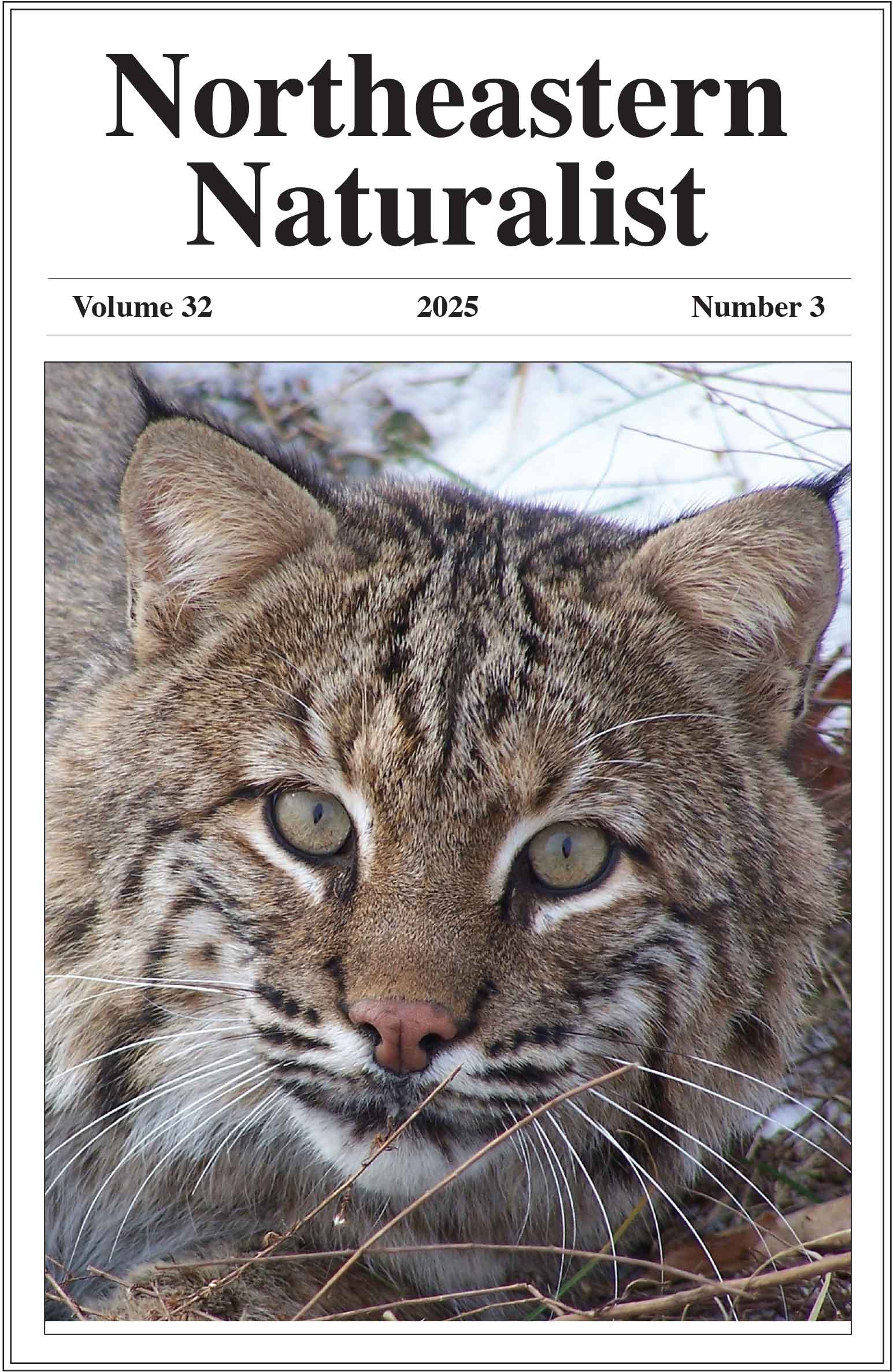Ants (Hymenoptera: Formicidae) of Rockwood Park, New Brunswick: An Assessment of Species Richness and Habitat
Aaron D. Fairweather1,2,*, Jake H. Lewis1, Laura Hunt1, Donald F. McAlpine1, and M. Alex Smith2
1Department of Natural History, New Brunswick Museum, 277 Douglas Avenue, Saint John, NB E2K 1E5, Canada. 2Department of Integrative Biology, University of Guelph, 50 Stone Road E, Guelph, ON N1G 2W1, Canada. *Corresponding author.
Northeastern Naturalist, Volume 27, Issue 3 (2020): 576–584
Abstract
Based on samples from 5 discrete habitat types (Thuja occidentalis [Eastern White Cedar] stand, Eastern White Cedar fen, old field, Acadian Mixed Forest, peat bog) we report the first assessment of ant species richness for a specific locale in New Brunswick. We identified 30 ant species across 3 subfamilies and 9 genera as present in Rockwood Park, a heavily wooded, 890-ha municipal park within the city of Saint John. All ant species encountered were native. Given our estimate of a total of 85–96 ant species present in New Brunswick (based on New Brunswick Museum records and studies of ants in northeastern North America), we found ~35% in Rockwood Park. Major differences were evident in the assemblages of ant species among the 5 habitat types examined. While each habitat included generalist ant species shared across habitat types, ant species unique to each habitat were also present. Of the habitats studied in Rockwood Park, peat bogs and Eastern White Cedar stands supported the ant assemblages that were the most diverse, including several species that have rarely been encountered in North America. Both peat bogs and Eastern White Cedar stands in New Brunswick are widely exploited for commercial purposes. Our results suggest that environmental assessments of such habitats may need to consider the presence of rare, specialist ant species.
![]() Download Full-text pdf (Accessible only to subscribers. To subscribe click here.)
Download Full-text pdf (Accessible only to subscribers. To subscribe click here.)
Access Journal Content
Open access browsing of table of contents and abstract pages. Full text pdfs available for download for subscribers.
Issue-in-Progress: Vol. 32(4) ... early view
Check out NENA's latest monograph and Special Issue:













 The Northeastern Naturalist is a peer-reviewed journal that covers all aspects of natural history within northeastern North America. We welcome research articles, summary review papers, and observational notes.
The Northeastern Naturalist is a peer-reviewed journal that covers all aspects of natural history within northeastern North America. We welcome research articles, summary review papers, and observational notes.